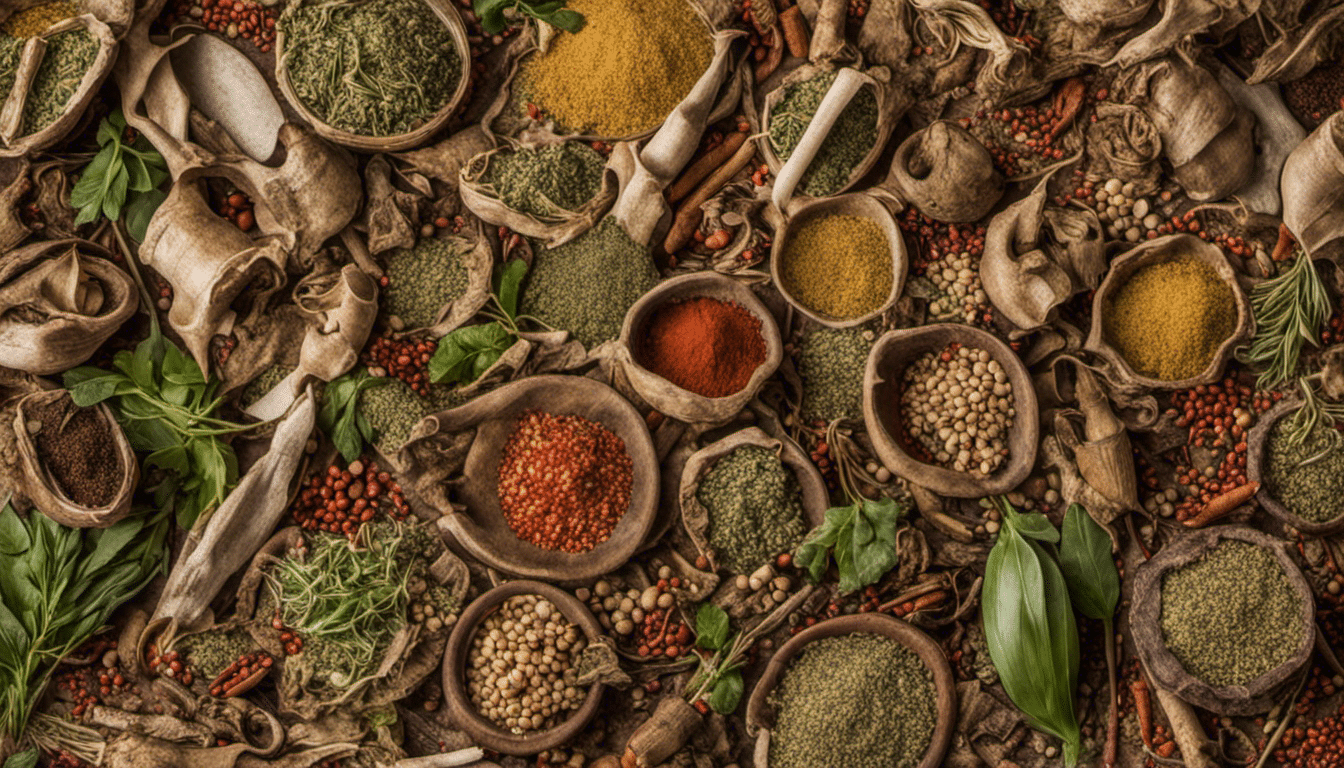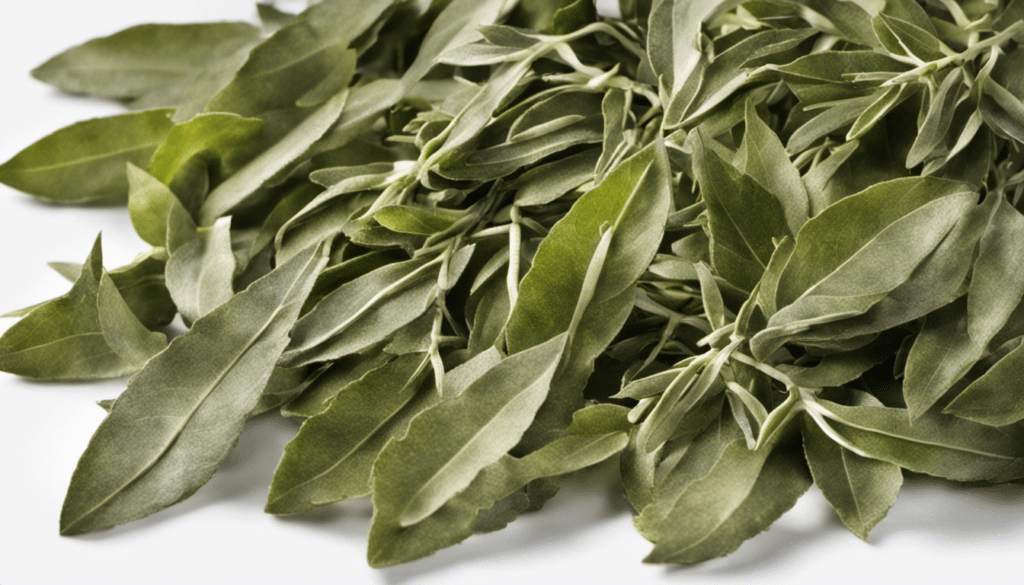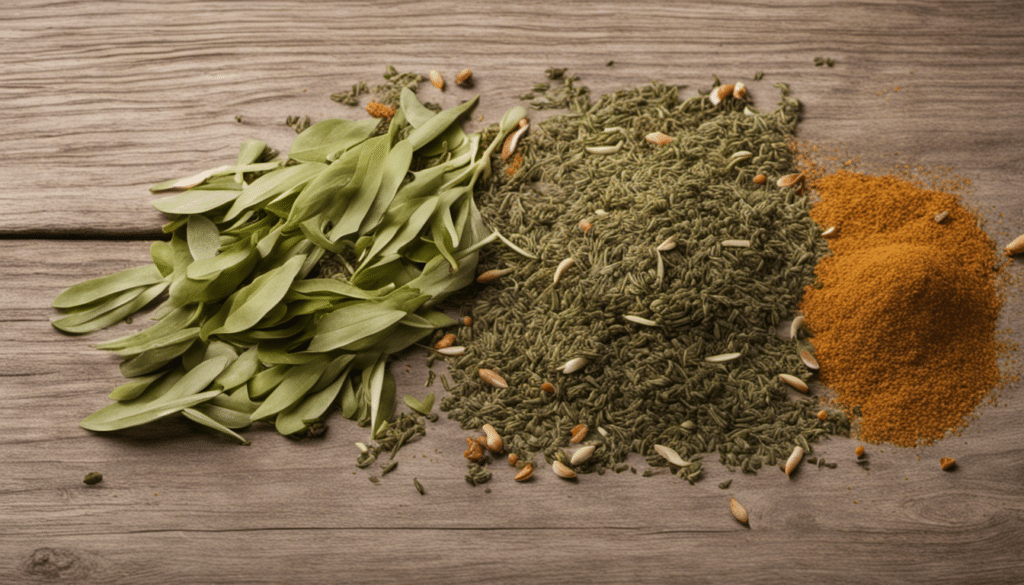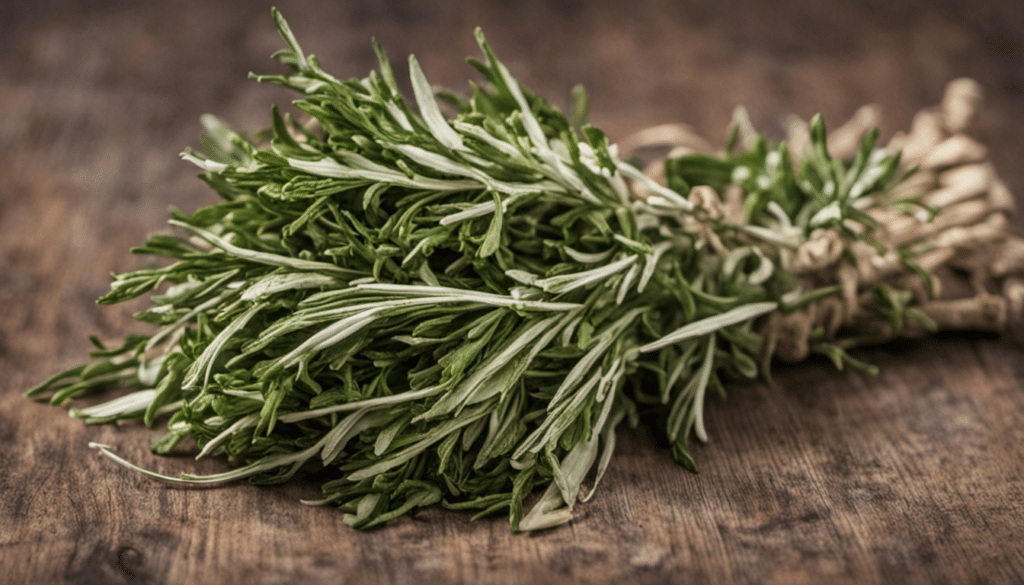Everything You Need to Know About Njangsa
Interesting and diverse, the world of spices and herbs has a lot to offer to keen adventurers of gourmet cuisine. One often overlooked, yet highly delightful assembly member is the small yet marvellous Njangsa.
The Story of Njangsa
The realm of Njangsa, also known as Ricinodendron heudelotii, stretches back to the tropical regions of West and Central Africa, where it was first discovered and is still widely loved and used today. Known also by the names of African Nutmeg, Essessang, Njasang or Munguella, this relatively unknown gem has found its home in the cooking pots of local African households, and is now slowly yet surely gaining attention on the global culinary stage.
A Delight on the Palate
Njangsa delivers delicate yet memorable notes within its flavour profile. It has a unique, nutty essence with a slight hint of spiciness, delivering a surprising kick to even the simplest of dishes. Most commonly ground into a fine powder, Njangsa makes an intriguing addition to a variety of dishes, from soups and stews to sauces and marinades.
Njangsa’s Healthful Impact
While it’s the exquisite flavour profile that might first lure you into the world of Njangsa, its healthful impact will surely cement its place in your kitchen. Rich in nutrients, this West African pearl could be considered one of nature’s very own multivitamins. Packed full with iron, calcium, potassium, and proteins, Njangsa nurtures your body while tantalising your taste buds. Additionally, it is also known for its medicinal properties, whereby it exhibits anti-inflammatory, antimicrobial and antiparasitic characteristics.
Experience this profound pearlescent of African delicacies yourself and let the flavours of Njangsa take you on an unforgettable culinary journey.
Njangsa Recipe Ideas
- Njangsa Shrimp Stir Fry
- Spinach and Njangsa Soup
- Grilled Fish with Njangsa Spice Rub
- Spiced Njangsa Rice Pilaf
- West African Njangsa Chicken Stew
- Njangsa Spiced Vegetable Curry
- Grilled Njangsa Flatbread
- Njangsa and Tomato Pasta Sauce
- Lamb and Njangsa Skewers
- Njangsa Spiced Couscous Salad




